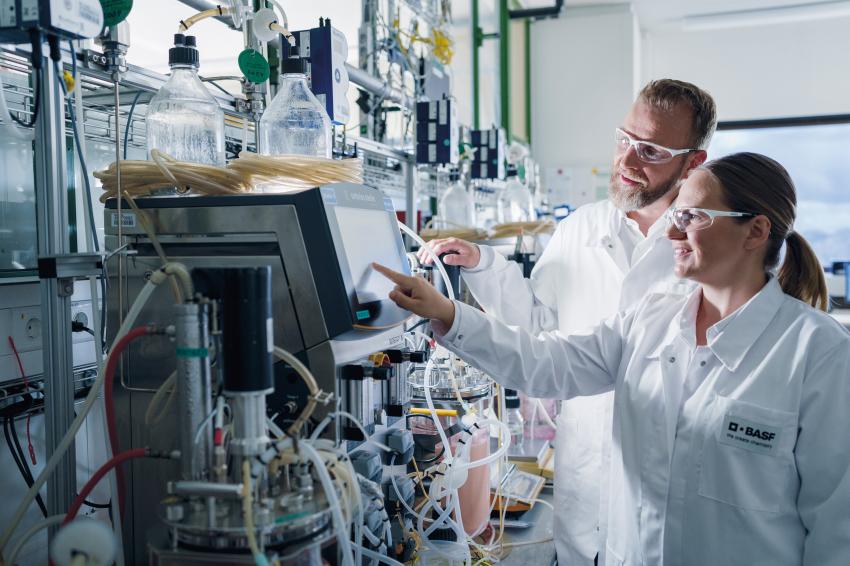BASF, University of Graz Develop Computer Model for Biocatalytic Production Processes
Enzymes are very sensitive and stop working properly if, for example, the temperature ore solvent concentration are too high. On the other hand, if the solvent concentration or the temperature are too low, this can reduce product output.
To tackle this challenge, researchers from BASF, the Austrian Research Centre of Industrial Biotechnology (ACIB) and the University of Graz in Austria have co-developed a fundamentally new computer-assisted model that can improve enzyme performance and enable new biocatalytic production processes to be scaled up faster from the lab to industrial manufacturing.
“In order to get the largest possible amounts of the desired product, we need to find the optimal point for the enzyme, where both the reaction temperature and the solvent concentration result in the highest possible activity,” Stefan Seemayer, global head of computational protein engineering at BASF, said.
In the past, determining this optimal combination of temperature and solvent concentration was a complex process involving many laboratory experiments. Researchers from BASF, ACIB and the University of Graz have now developed a regression model as an extension of conventional biochemical models. A regression model is a statistical method used to analyze and predict biochemical reactions based on collected scientific data. This model makes it significantly easier to determine the optimal combination. Only a few preliminary lab tests, such as determining the unfolding curve of the enzyme, are necessary. The obtained data are entered into the computer model, which then computes the optimal combination of reaction temperature and solvent concentration for the best-possible enzyme performance.
“This sounds simple, but it considerably improves the efficiency of biocatalytic processes and gives us a new understanding of enzymatic catalysis,” Seemayer explained.
With this new method, different enzymes can be compared more easily with each other, and their performance can be optimized. “This considerably reduces our efforts to find the most suitable conditions for each new production process. We can therefore conclude our research and development work in the laboratory more quickly and thus begin to scale up production faster. This significantly lowers costs and resource consumption, improving the sustainability of biocatalysis,” Seemayer stressed.
The researchers have publish their findings in Nature Communications and the full-length article is available here.





